 I received the following letter from Vrndavanesvari dasi in South Africa.
I received the following letter from Vrndavanesvari dasi in South Africa.
Dear Guru Maharaja,
Please accept my most humble obeisances. All glories to Srila Prabhupada and all glories to your divine self.
During the renovations the manager named Daniel surprised us all.
We hung a huge picture of His Divine Grace Srila Prabhupada on the wall where the restaurant area will be. I offered incense often to the picture and prayed silently before the workers would come to start their day’s service.
One morning I found Daniel bowing down in front of Srila Prabhupada’s picture and clapping his hands, uttering words of respect and praise in the same way Africans would address their kings, but his praising was more attentive and very respectful.
He instructed the rest of the team to do likewise.
I was so amazed, because we had not taught him anything about Srila Prabhupada. He even told the rest of the workers that Srila Prabhupada is very holy and can see whatever they are doing there and that no one should steal anything at all, because he’s watching them.
I was so impressed by all this that I told Narottam, who said that the workers offer respects to Srila Prabhupada daily—it’s just that I had not observed it before.
They did this of their own accord before they would start their work.
Srila Prabhupada ki jaya!
Your aspiring servant
Vrndavanesvari dasi
ISKCON Hammanskraal



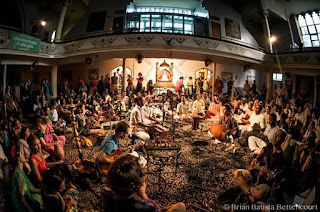














 By Yugala Kishor Gour das
By Yugala Kishor Gour das


 Parasuram dasa: The Glastonbury Festival is the Kumba Mela of music festivals. 250,000 young people come to experience something different and unique. Sandi Pani Krishna Prabhu teaches the fine art of Mantra Meditation. Enjoy the movie
Parasuram dasa: The Glastonbury Festival is the Kumba Mela of music festivals. 250,000 young people come to experience something different and unique. Sandi Pani Krishna Prabhu teaches the fine art of Mantra Meditation. Enjoy the movie In view of the recent passing of several senior Vaisnavas with more expected in coming years we thought it appropriate to post this text regarding how to properly observe Sraddha according to Gaudiya Vaisnava Siddhanta
In view of the recent passing of several senior Vaisnavas with more expected in coming years we thought it appropriate to post this text regarding how to properly observe Sraddha according to Gaudiya Vaisnava Siddhanta 







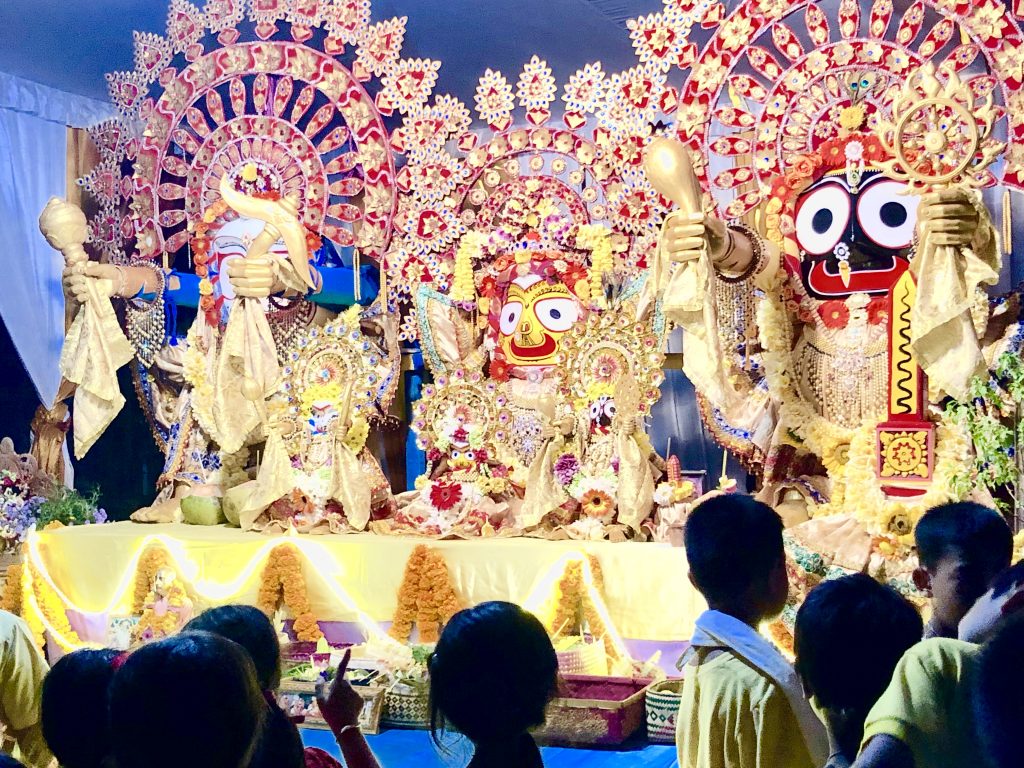
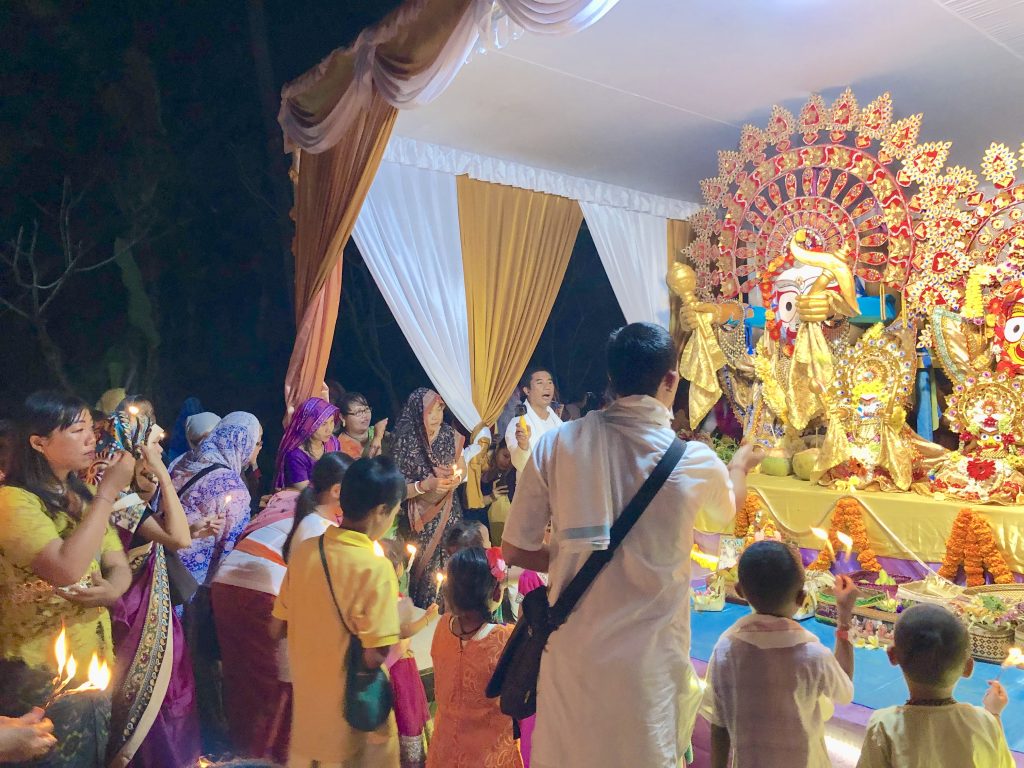
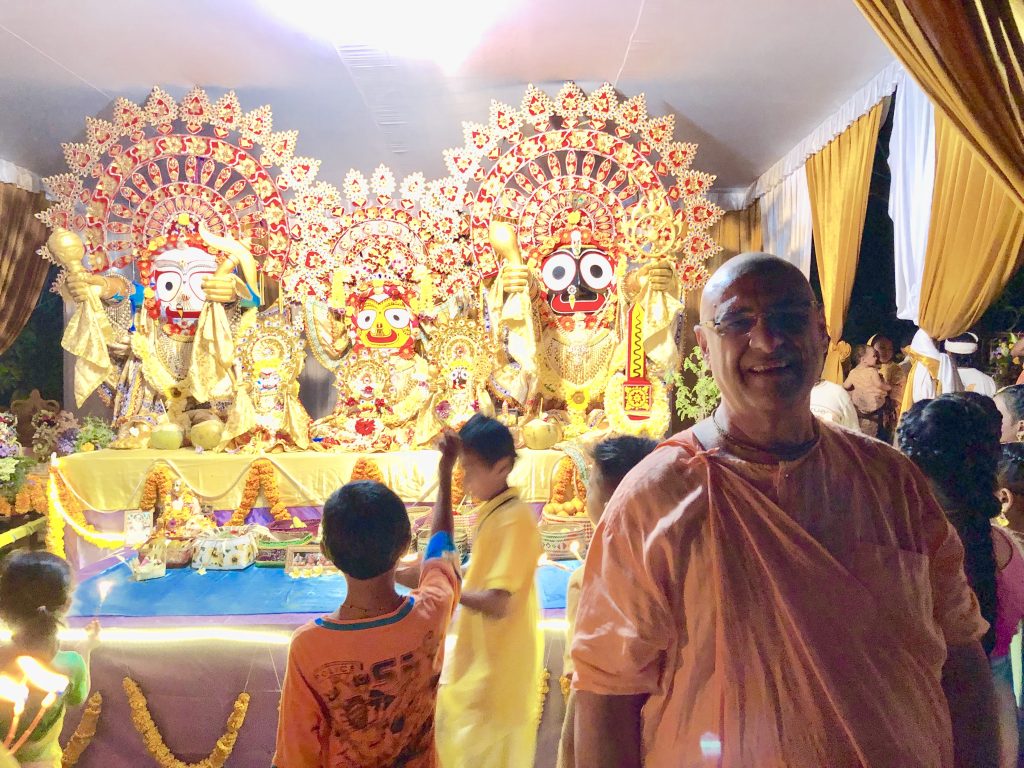
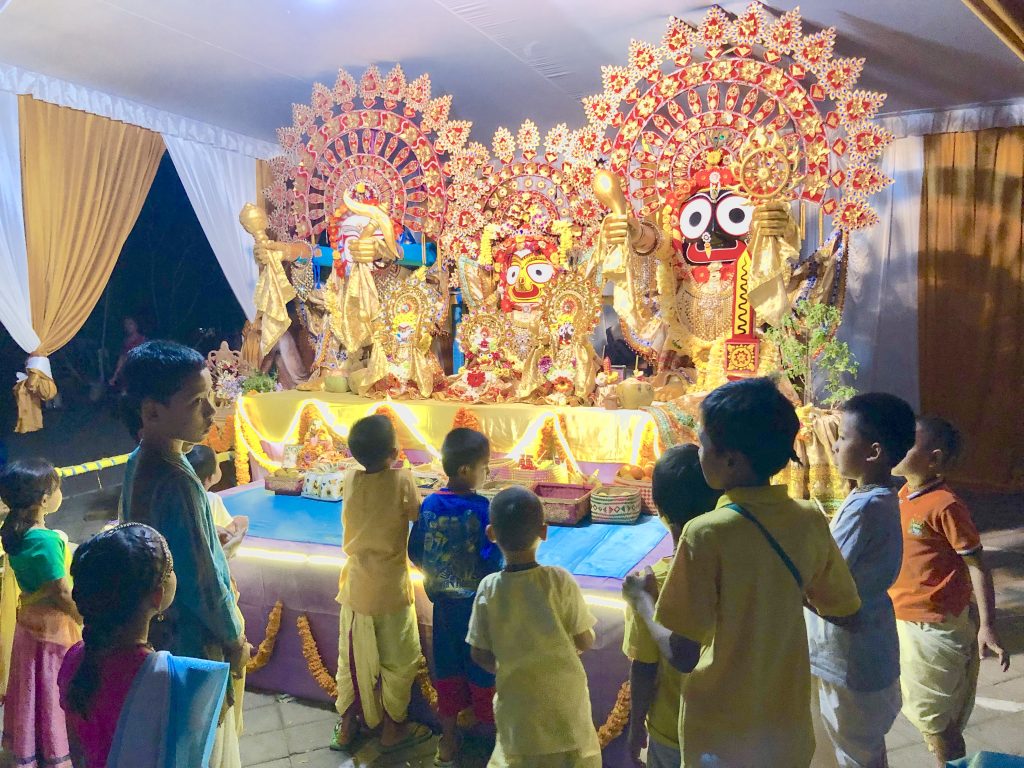


 Kamika Ekadasi
Kamika Ekadasi Vedic Education & Learning For Grownups
Vedic Education & Learning For Grownups Adult Education At The Temple
Adult Education At The Temple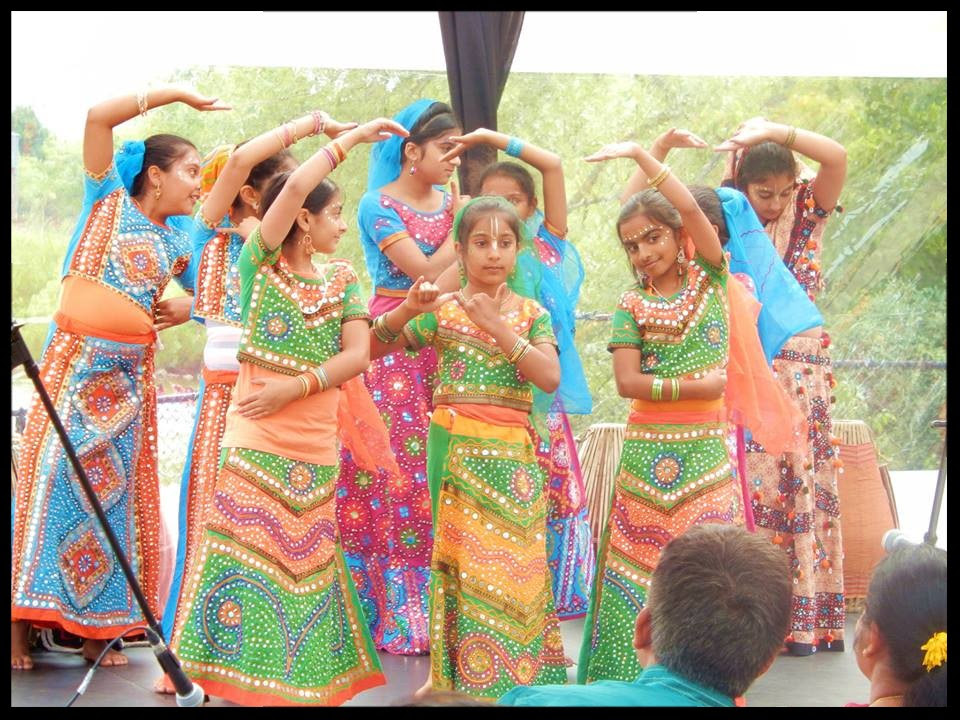

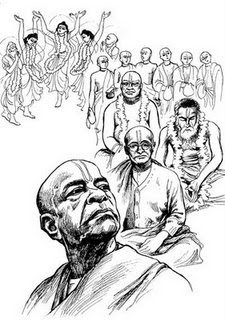



 By Times of India
By Times of India



 By Bhakti-lata Dasi
By Bhakti-lata Dasi